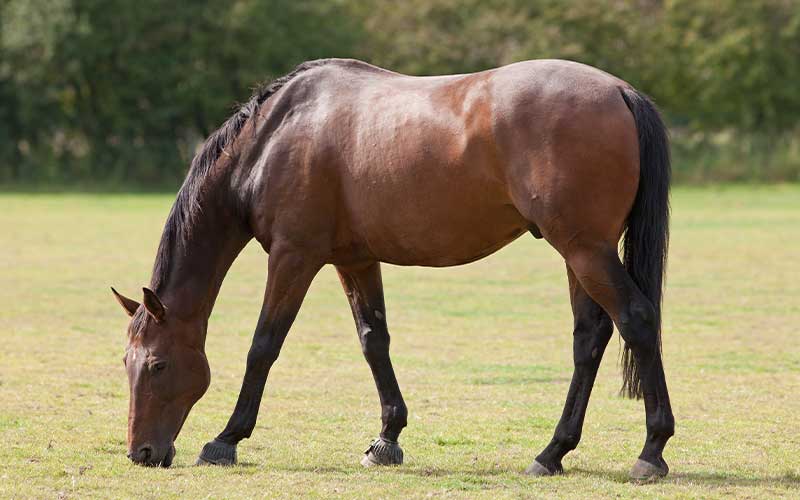 Kissing spine, also known as shared-vertebral osteopathy, is a condition that occurs when the spinous processes of two or more adjacent vertebrae in a horse’s spine come into contact and rub against each other. This can cause discomfort and pain, and if left untreated, it can lead to serious problems such as lameness, gait abnormalities, and muscle atrophy.
Diagnosing kissing spine can be challenging because the symptoms are often subtle and can be easily mistaken for other conditions. The most common signs of kissing spine are:
Kissing spine, also known as shared-vertebral osteopathy, is a condition that occurs when the spinous processes of two or more adjacent vertebrae in a horse’s spine come into contact and rub against each other. This can cause discomfort and pain, and if left untreated, it can lead to serious problems such as lameness, gait abnormalities, and muscle atrophy.
Diagnosing kissing spine can be challenging because the symptoms are often subtle and can be easily mistaken for other conditions. The most common signs of kissing spine are:
- Reluctance to move forward or change direction.
- Change in behavior, such as becoming more aggressive or irritable.
- Decrease in performance, such as a decrease in speed or jumping ability.
- Gait abnormalities, such as short, choppy steps or stumbling.
- Muscle atrophy, particularly in the back and hindquarters.

